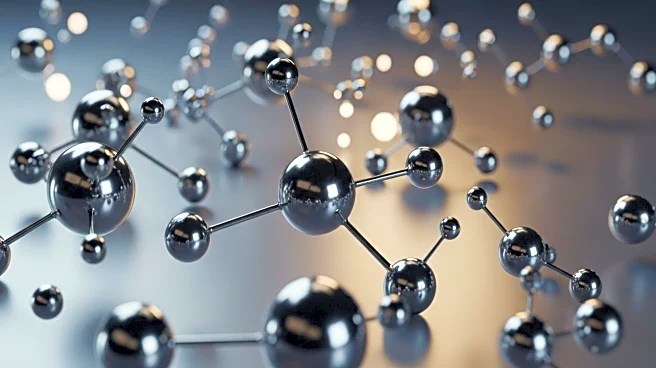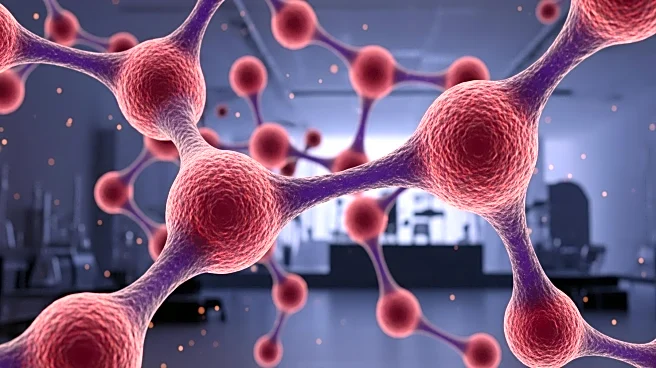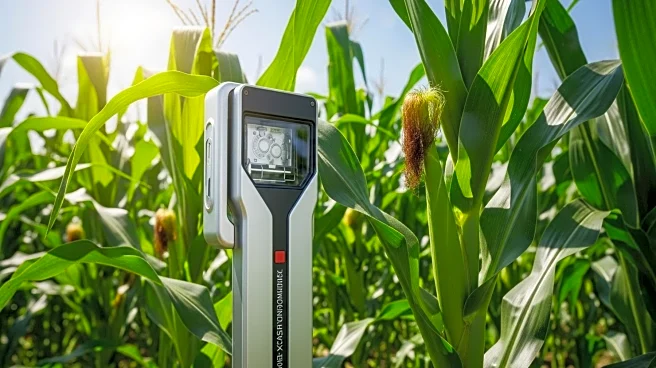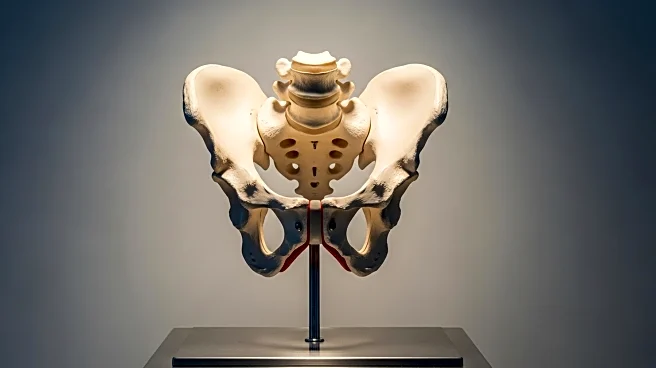What's Happening?
A collaborative research initiative led by the University of Osaka has provided new insights into cell collective behavior using the fruit fly as a model organism. The study focused on the micro-heterogeneity of cells during the fruit fly's development, particularly during the pupal stage. Researchers used real-time microscopy and computational models to observe how different cell types, such as sarcolytes, hemocytes, and fat body cells, interact to remodel muscles. The study found that the heterogeneity within and among these cell types is crucial for effective muscle breakdown and rearrangement.
Why It's Important?
The findings have significant implications beyond biological research, particularly in the field of robotics. The study suggests that heterogeneous groups of robots, mimicking the varied cell types, could be more efficient at multitasking and adapting to real-world tasks than homogeneous groups. This could lead to advancements in robotics, where diverse robot swarms are designed to perform complex tasks more effectively. The research highlights the potential for biological principles to inform technological innovations, particularly in developing more adaptive and efficient robotic systems.











